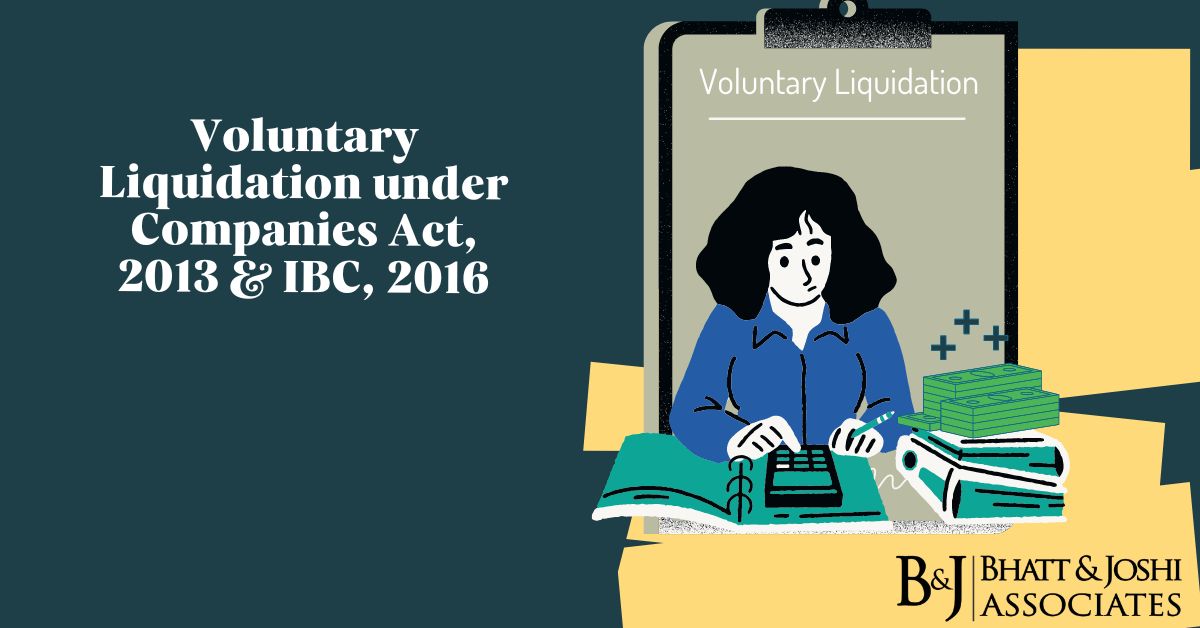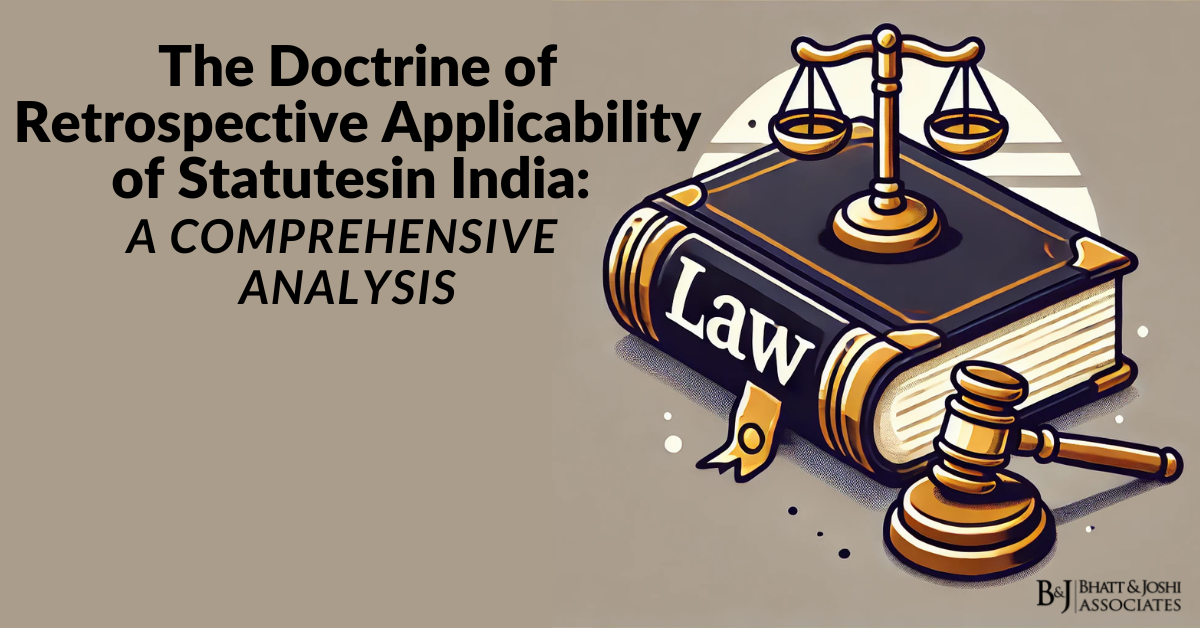
Introduction
Voluntary liquidation, once a complex and opaque process, has undergone significant reforms with the recent amendments to the Insolvency and Bankruptcy Board of India (IBBI) regulations. These amendments, dated January 31, 2024, have not only enhanced transparency and efficiency but have also introduced additional safeguards to protect stakeholders’ interests. This article aims to provide a comprehensive overview of the voluntary liquidation process, covering its background, conditions, and steps involved. From the reasons for opting for voluntary liquidation to the detailed timeline of the process, this guide offers valuable insights for stakeholders navigating the voluntary liquidation journey.
Various Modes of Exit
Background
Companies are established under the provisions of the Companies Act, 2013, and their dissolution concludes their existence as per the Insolvency and Bankruptcy Code, 2016 (IBC). There are several ways in which a company can terminate its existence:
- Striking off – Fast Track Exit (FTE) under Section 248 of Companies Act, 2013: The Registrar of Companies can strike off a company’s name if it has not conducted any business operations for two years or more. Alternatively, a company can voluntarily apply for strike-off under Section 248(2) of the Companies Act, 2013.
- Merger or Amalgamation under Sections 230-232/233 of Companies Act, 2013: A transferor company is dissolved when it merges with a transferee company under the provisions of Sections 230-232 or Section 233 of the Companies Act, 2013.
- Winding-up by Tribunal under Sections 271-272 of Companies Act, 2013: Section 271 allows for the winding-up of a company under various circumstances, including upon the passing of a special resolution by members, non-filing of financials for five consecutive years, or on just and equitable grounds as determined by the Tribunal.
- Summary Liquidation under Section 361 of Companies Act, 2013: The Regional Director may order the winding-up of a company under a summary procedure if its assets’ book value does not exceed one crore rupees and it belongs to prescribed classes of companies.
- Liquidation of a Company under Section 33 of IBC, 2016: When a company fails to obtain a Resolution Plan under Corporate Insolvency Resolution Process (CIRP), does not comply with the terms of an approved Resolution Plan, or for certain other reasons, the Tribunal may order its dissolution.
- Voluntary Liquidation under Section 59(7) of IBC, 2016 – Solvent Company: Voluntary liquidation is a process of winding up a company without court intervention. Shareholders and creditors appoint a liquidator to liquidate all assets, pay creditors, and distribute surplus amounts as per Section 53 of IBC, 2016.
Voluntary Liquidation pursuant to Section 59(7) of IBC, 2016
Introduction
As per Section 59(7) of IBC, a solvent company that intends to liquidate itself voluntarily and has not committed any default may initiate the voluntary liquidation process subject to certain conditions.
Reasons for Voluntary Liquidation
Companies opt for voluntary liquidation for various reasons:
- Special Purpose Vehicle (SPV): A company can be liquidated when the object for which it was incorporated is fulfilled, such as the completion of a special purpose vehicle (SPV) project in real estate or infrastructure.
- Unfeasible Operations or Poor Operating Conditions: Companies may choose voluntary liquidation if they lack potential business opportunities or face unfavorable operating conditions that make it economically unviable to continue operations.
- Tax Planning: Voluntary liquidation can also be a tax planning measure for companies to avail certain tax benefits or offset capital losses.
Conditions for Voluntary Liquidation
For a company to undergo voluntary liquidation, it must fulfill the following conditions:
- Solvent: The company must be solvent, i.e., able to pay its debts in full.
- Resolution: The company must pass a special resolution through its shareholders and creditors, if any, resolving to wind up voluntarily.
Process of Voluntary Liquidation
- Solvency Declaration: The Board of Directors must file a Declaration of Solvency (DoS) affirming that the company is solvent, not being liquidated to defraud any person, and has made sufficient provision for pending matters. This declaration must be accompanied by audited financial statements and a report on asset valuation.
- Special Resolution: Shareholders must pass a special resolution within four weeks of the solvency declaration, approving the winding-up of the company and appointing an Insolvency Professional (IP) as the liquidator. If the company has any debt, creditors representing two-thirds in value must confirm the resolution within seven days.
- Intimation to ROC and IBBI: The company must inform the Registrar of Companies (ROC) and the IBBI about the commencement of voluntary liquidation within seven days of the resolution’s approval.
- Liquidator Takes Control: The appointed liquidator assumes management control of the company and begins the liquidation process, ensuring timely legal compliances.
- Public Announcement: Within five days of appointment, the liquidator must issue a public announcement requesting claims from stakeholders. Claims must be filed within 30 days, and the announcement must be published in newspapers and on the company’s website.
- Submission and Verification of Claims: Creditors are required to submit their claims within the specified period, attaching proof. The liquidator verifies these claims within 30 days and may admit or reject them. Rejected claims can be appealed to the Adjudicating Authority.
- Preliminary Report: The liquidator submits a preliminary report within 45 days of liquidation commencement, including the company’s capital structure, asset and liability estimates, and other relevant information.
- Separate Bank Account: The liquidator opens a separate bank account for the company in liquidation to receive all funds. Transactions above Rs 5000 must be made through specified channels.
- NOC from Tax Authorities: The liquidator informs the assessing officer about the commencement of liquidation. If no claims or NOC is received from tax authorities, it is presumed they have no outstanding claims.
- Asset Realization: The liquidator liquidates all assets and realizes funds to maximize stakeholder value, depositing the proceeds in the designated bank account.
- Distribution: After paying liquidation costs, the remaining amount is distributed to stakeholders as per Section 53 of IBC. Distribution must be completed within 30 days of receipt. Assets that cannot be realized may be distributed with approval.
- Preservation of Records: The liquidator maintains records as per prescribed formats, preserving electronic copies for a minimum of 8 years and physical copies for a minimum of 3 years.
- Completion of Liquidation: The liquidator endeavors to complete the process within 90 or 270 days, depending on creditor involvement. If not completed within the stipulated period, the liquidator must hold contributories meetings and submit status reports at regular intervals.
- Corporate Voluntary Liquidation Account: Unclaimed dividends and proceeds are deposited into a designated account, and stakeholders’ details are provided to ROC and IBBI.
- Final Report: After concluding the liquidation process, the liquidator prepares and files a Final Report with the registrar, IBBI, and NCLT, seeking dissolution.
- Petition to NCLT: The liquidator petitions the NCLT for a dissolution order, and upon approval, files Form INC 28 with the ROC to dissolve the company.
Income Tax Implications
Various Income Tax provisions apply to voluntary liquidation, including treatment of deemed dividends, capital gains, and compliance requirements for the liquidator.
Stamp Duty Impact
Transactions involving distribution of immovable property attract stamp duty as per state stamp acts.
Conclusion
While voluntary liquidation offers companies an exit route, navigating the process requires careful adherence to legal and regulatory requirements. Stakeholders contemplating voluntary liquidation should seek professional advice to ensure compliance and mitigate risks effectively.
In conclusion, the recent amendments to IBBI regulations have streamlined the voluntary liquidation process, making it more transparent and efficient. However, stakeholders must remain vigilant and proactive to address any challenges that may arise during the process.













